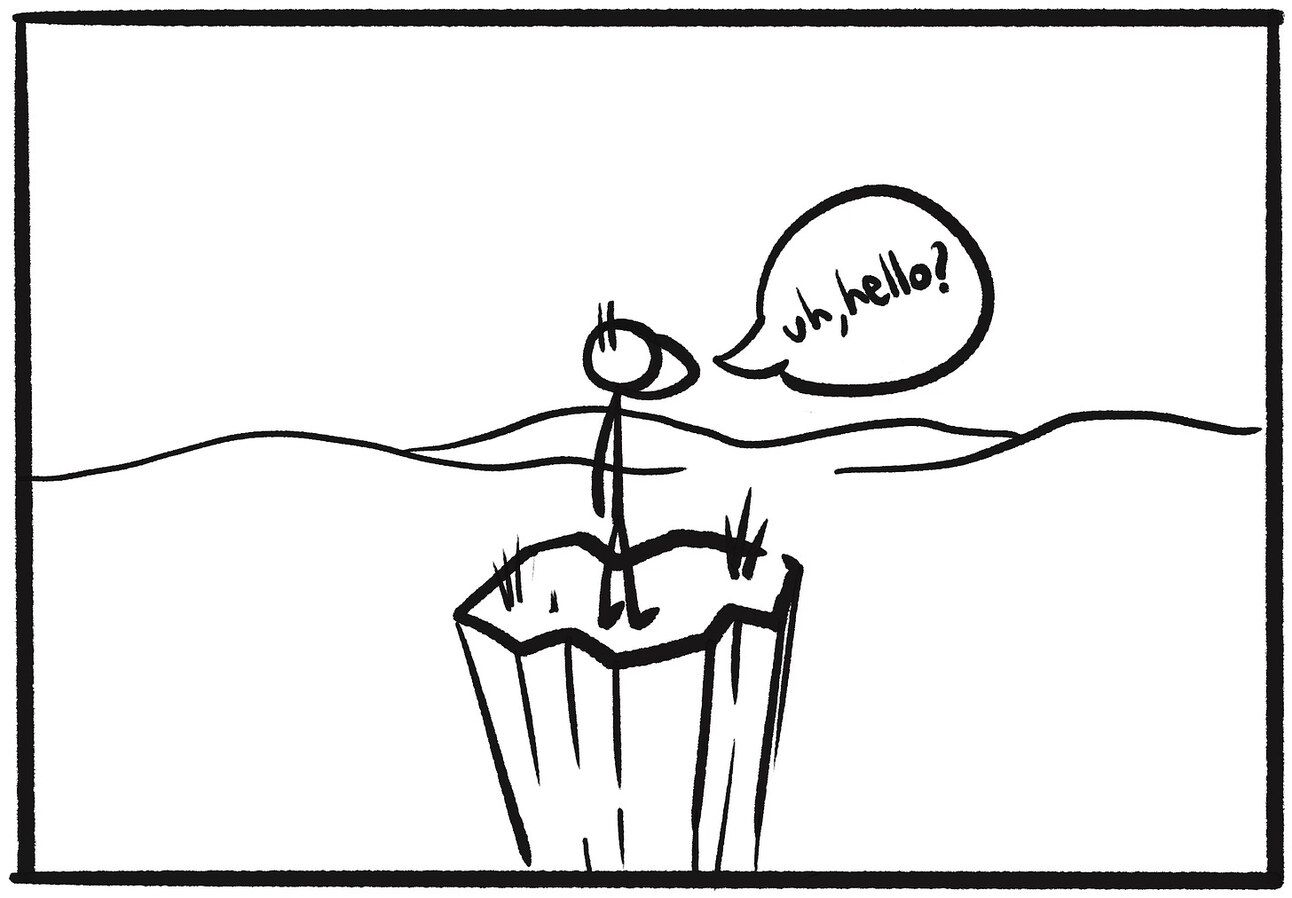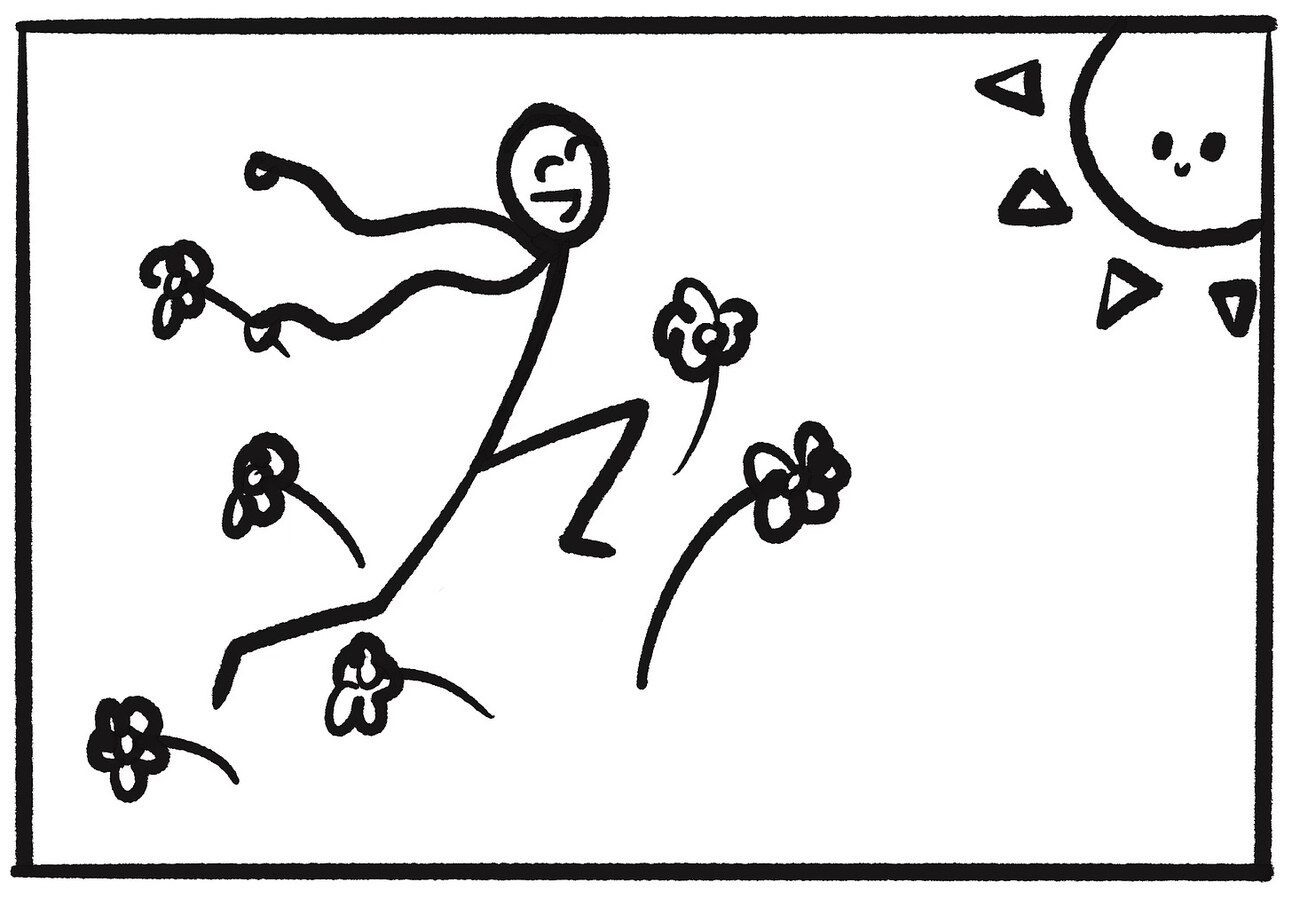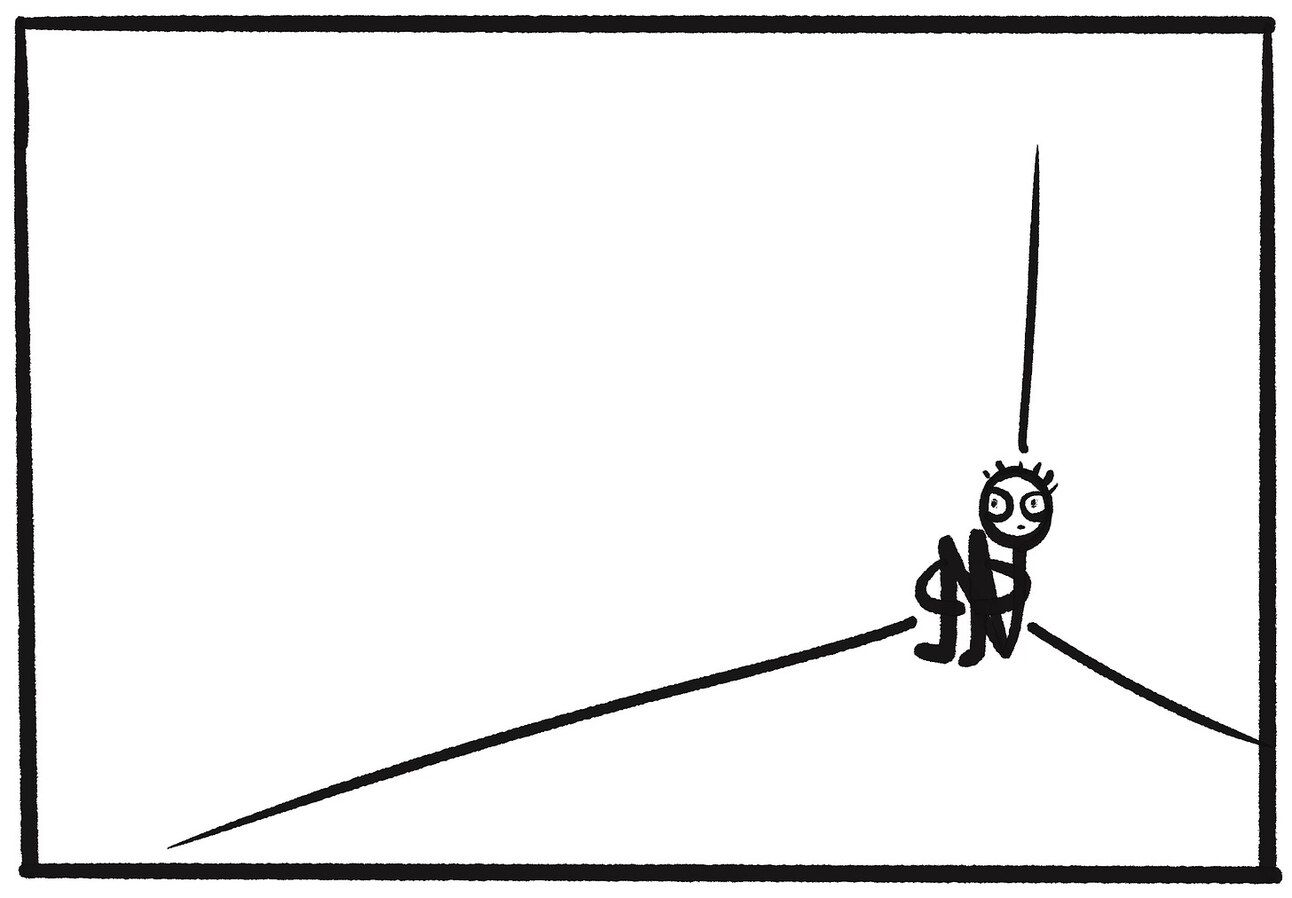- The Freelance Lab
- Posts
- How to get useful client feedback every time, guaranteed
How to get useful client feedback every time, guaranteed
Spoiler: Bad feedback is (usually) on you — the freelancer — and not your clients.
Asking for feedback can sometimes feel like this:

And getting feedback generally feels like this:

… Or like this:

Having first worked at a growth-obsessed startup, and then fending for myself as a freelancer for 3 years, I’ve learned some valuable lessons about gathering useful feedback.
If you don’t read any further, then here’s the secret: If you don’t get the feedback you want, you’re probably not asking for it in the right way. You’re the feedback expert, not your client; so, it’s your responsibility to get useful feedback, not your client’s responsibility to give it.
Here’s how you get useful feedback every time.
Ask open-ended questions
The worst thing you can do is to just ask for feedback. It’s like asking handing someone a bag of groceries and saying: “What do you think?”
Um… About what? Which part? What do you mean? Why are you giving me groceries?
Give clients guiding questions. And make those questions more informative than yes/no and great/not great answers.
Instead of:
Do you like this?
Is this better / closer to what you had in mind?
How well does this fit into what you’re trying to achieve?
Should we add / remove this?
Ask:
What would make this 50% better?
What would you add / remove from this?
Can you imagine, and try explain, how this would fit into your business in its current state? Where does it succeed, where does it fall short?
What do you think your customers would like / dislike about this?
Constrain the feedback (zoom in and focus)
Furthermore, you can ask open-ended questions about specific things.
My modus operandi is to work in small chunks. This not only helps me course-correct early, and without huge scope creep, but also restricts the feedback I ask for to bite-size pieces.
But whatever sized chunks you work in, you can still zoom in and focus on specific pieces at one time. This really helps clients not get overwhelmed, and helps them think about one or two things at a time, rather than trying to digest and comment on a bunch of things in one go.
For example:
Point out what’s new: “I added X - I’d love to hear how you think it fits into what we’ve already done?”
Highlight what’s important right now: “Getting this right will inform everything else. Let’s focus on this for now…”
Explicitly remove sections from feedback: “Let’s ignore X and Y for now, and focus on Z.”
Steer towards what information you need: “I need some specific guidance on X at the moment - could you look through that, and tell me Y?”
Ask for a specific date, with confirmation
This one’s easy: “Can you please confirm that you’ll have time to give feedback by Friday, lunchtime?”
Because:
It makes your follow-up on Friday expected, not pushy.
It lets you know whether you can likely expect feedback by Friday or not (and, if not, lets you know you can plan other work for Friday).
It sets an obligation on the client’s part do their homework.
It keeps the project moving forward.
Leverage discussed and written feedback
I always like asking clients to make written notes of their feedback, and then offering them a call to chat through it.
It’s the difference between a meeting with and without an agenda:
Just a call tends to result in unstructured and stream of consciousness rambling that hasn’t been sorted, clarified, or critiqued by the client. It’s an easy way for clients to dump a bunch of thoughts on you, and hope you turn it into something useful.
Just written notes tends to always leave me with at least one or two clarifying questions that I need to follow-up on anyway.
But written notes that are followed by a call means clients have to put effort into collecting their thoughts enough to pre-verbalise them, while giving us a chance to unpack those thoughts a little more in a structured way.
Ask “why”, until you can answer
Asking “why” is a superpower in life generally. So, naturally, it helps with getting more useful feedback as well.
For example, here’s why asking “why” helps:
“Can you change this CTA button to black, please.”
Why do you say that?
“It looks strange in grey.”
Why do you think that?
“The rest of the page is black and white, so grey looks odd.”
Why does it feel odd?
“My brand is more cohesive and minimal, so sticking to monochromatic themes feels more like what my business is about.”
… A-ha! There it is. The black button doesn’t feel like it aligns with this person’s brand. That’s the “why.” And that’s the useful feedback I needed. Now we can have a more useful discussion:
Does grey really pull away from mono-chromaticism?
How else could we highlight the CTA, which is arguably important to draw attention to?
What if we make this an accent colour for your evolving brand, as part of this new website launch?
In summary…
Clients needs your help to know what feedback is going to be useful for the work you need to do. Ask them the right questions, ask for feedback by a certain date, and dig a little a deeper into the feedback you receive.
Happy feedback gathering! ᐧ ◡ ᐧ

Reply